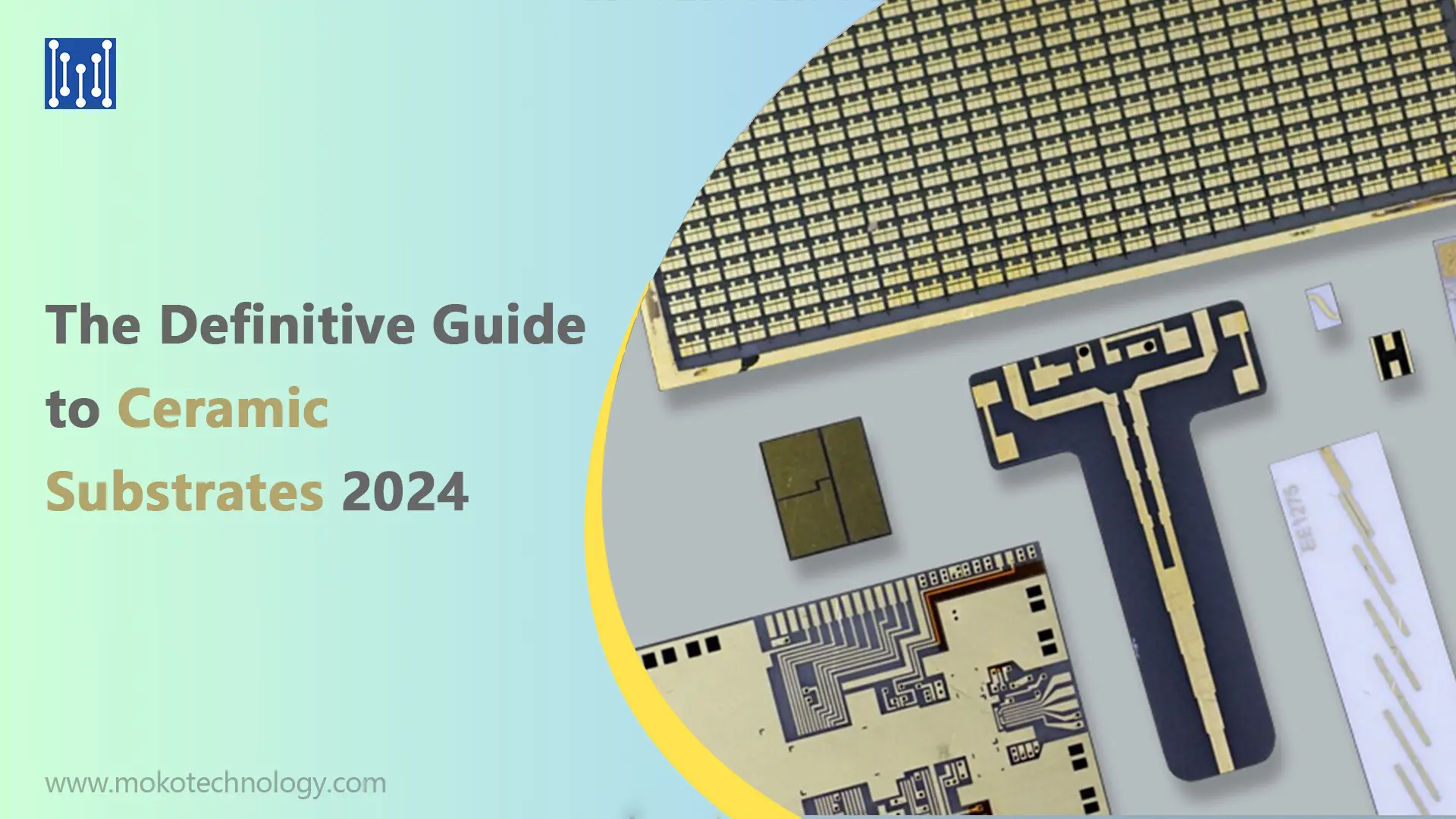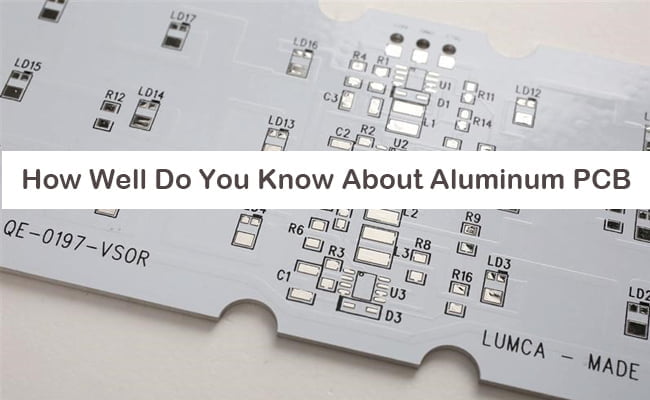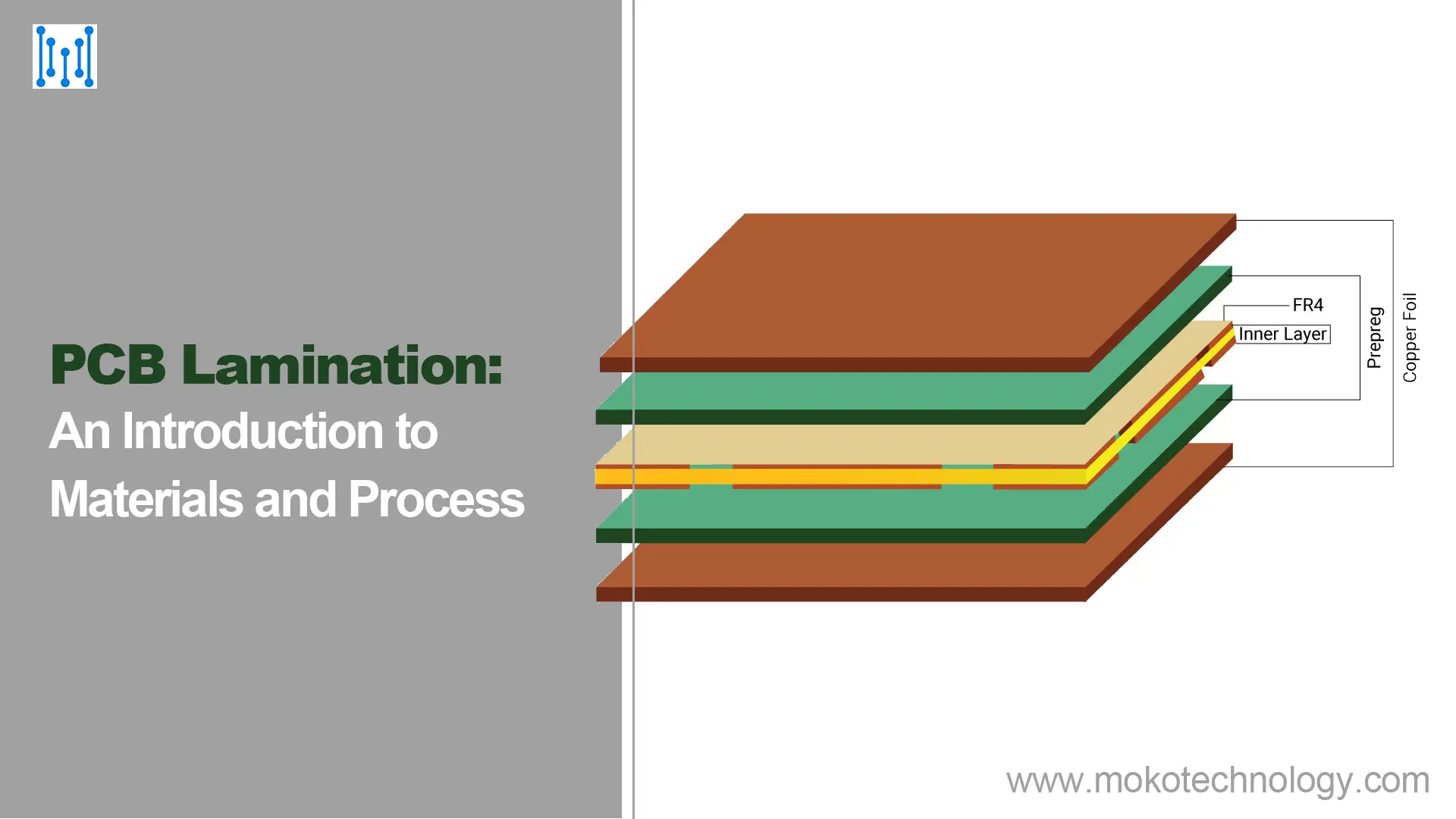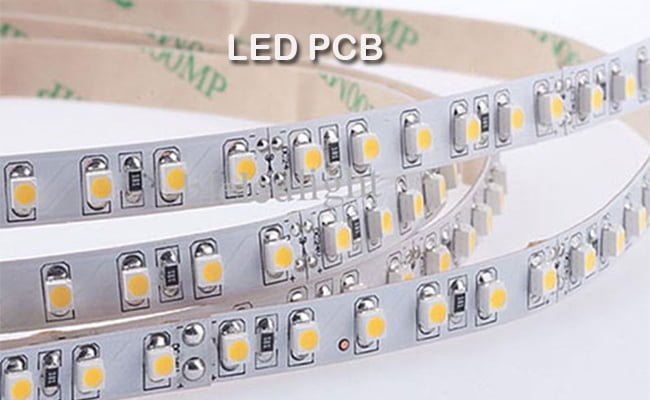Keramische Substrate spielen in der modernen Elektronik eine entscheidende Rolle, Ermöglichung der Miniaturisierung, verbessertes Wärmemanagement, und höhere Betriebsfrequenzen unzähliger Geräte, die wir täglich verwenden. Da elektronische Systeme immer komplexer und leistungsfähiger werden, there is increasing demand for advanced ceramic substrate materials and fabrication techniques that can meet the needs of emerging technologies. In diesem umfassenden Ratgeber, we will examine ceramic substrates in-depth – from their properties to materials, Anwendungen, and selection criteria.
What Are Ceramic Substrates?
Ceramic substrates are a type of non-conductive, inorganic material made from ceramic compounds like alumina, Aluminiumnitrid, beryllia, and zirconia. They are used as the base foundation layers in a PCB-Board for mounting electronic components and creating electrical interconnects.
Key features of ceramic substrates:
- They provide a stable, rigid platform for building circuits and mountingcomponents on PCBs due to their high mechanical strength.
- They have high heat resistance and thermal conductivity, making them suitable for heat dissipation in high-power electronics.
- They possess excellent electrical insulation properties up to high AC frequencies. This allows high-density circuitry and miniaturization.
- In a multilayer configuration, ceramic PCB substrates enable vertical stacking of multiple thin layers leading to ultra-compact 3D modules with complex embedded passives and interconnects.
Different Materials of Ceramic Substrates
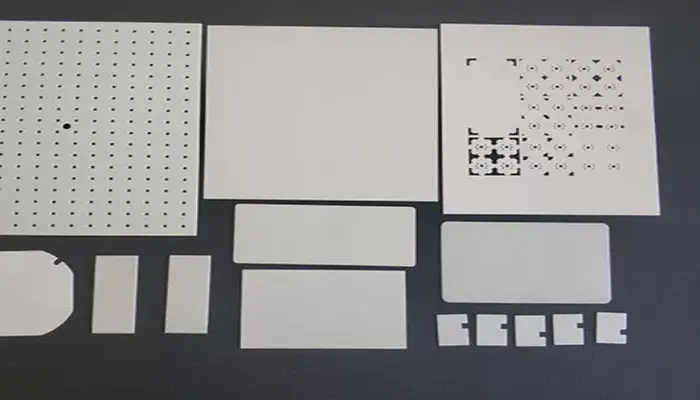
Ceramic substrates come in various types depending on the raw materials used:
-
Aluminiumoxid (Al2O3)
One of the most common materials is aluminum oxide or alumina. Leveraging its robust strength and adept electrical insulating properties, alumina proves to be a valuable component in numerous electronic applications, including circuit boards. It also suits high temperature applications thanks to its chemical stability and wide availability.
-
Aluminiumnitrid (AlN)
AlN ceramic has the highest thermal conductivity, making it suitable for heat dissipation in high-power electronics. It also offers high electrical resistivity. AlN substrates are more expensive than alumina.
-
Beryllia (BeO)
Beryllia (BeO) ceramic demonstrates impressive thermal conductivity while maintaining electrical insulating properties. Its high cost limits applications to specialized environments demanding extreme performance. Toxicity is also a concern with beryllia.
-
Silicon Carbide
Silicon carbide is another ceramic valued for its exceptional ability to efficiently conduct heat and its resistance to high temperatures and corrosion. With a thermal conductivity range of 100-400 W /(m · K.) at high temps, SiC works well in high temperature equipment like furnace parts. It’s also useful for manufacturing semiconductor devices.
-
Silicon Nitride
Silicon nitride or Si3N4 is also prized for thermal performance. With conductivity up to 400W/(m · K.), this ceramic is popular in high temperature applications including gas turbine engine components. It also sees use in bearings and cutting tools.
| Material | Wärmeleitfähigkeit | Der Wärmeausdehnungskoeffizient / x 10-6/℃ | Thermal Shock Resistance | Kosten | Toxicity |
| Aluminiumoxid (Al2O3) | 20 | 7.2 | Mäßig | Niedrig | None |
| Aluminiumnitrid (AlN) | 140-260 | 4.4 | Niedrig | Hoch | None |
| Beryllia (BeO) | 250 | 7.5 | Niedrig | Very high | Giftig |
| Silicon Carbide
( SiC) |
270 | 3.7 | Exzellent | Mäßig bis hoch | None |
| Silicon Nitride
(Si3N4 ) |
10-40 | 3.2 | Exzellent | Mäßig bis hoch | None |
Weiterführende Literatur: Verschiedene Arten von PCB-Substratmaterial für Ihr Projekt
Applications of Ceramic PCB Substrate
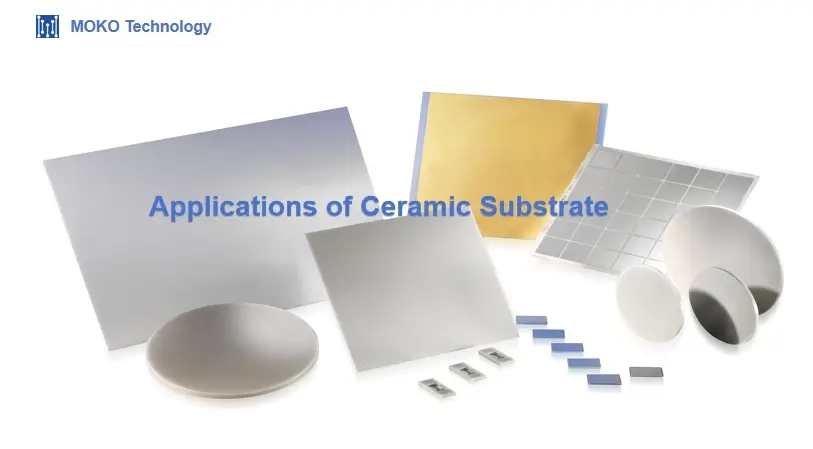
Ceramic PCB substrates are valued in many fields for their distinctive properties and high performance. Their uses span diverse industries, some major application areas include:
Erneuerbare Energie: Ceramic PCB substrates are often used to produce inverters for photovoltaic solar panels and concentrators for concentrator photovoltaics. Their electrical insulation and high temperature resistance render them highly appropriate for these specific applications.
Automobil: The automotive industry also leverages ceramic substrates in many devices. Examples include electric power steering systems, integrated starter alternators, and engine control units. By enabling more efficient and cleaner vehicle systems, ceramics help reduce fuel consumption and exhaust emissions.
Aerospace and defense: The aerospace industry leverages ceramic substrates for avionics, guidance systems, and satellite communication components. Their low weight is advantageous for reducing payload as well as resisting vibration. For defense, ceramics are employed in radars, electronic warfare systems, and other high frequency electronics where their dielectric properties excel.
Medizinische Geräte: Ceramic substrates find widespread use in medical devices that require electrical insulation, biocompatibility, and the ability to withstand sterilization. Examples include surgical tool sensors, lab instrumentation, medical implants, and microfluidic devices.
Wireless and Telecommunications: The high frequency handling capability makes ceramic substrates well-suited for RF integrated circuits, Antennen, filters, and other components used in mobile devices, base stations, Router, usw. The low dielectric loss of ceramic materials helps minimize signal loss in high frequency communication circuits.
Choosing the Right Ceramic Substrate for Your PCB Project
- Consider the application and operating conditions. What temperature, Frequenz, power level, usw. will the substrate need to withstand? This will help narrow down your options. Alumina substrates handle high frequencies well, while aluminum nitride works better for high thermal conductivity.
- Look at dielectric properties like Dielektrizitätskonstante und Verlustfaktor. Low loss, high frequency substrates tend to have lower dielectric constants. The dielectric constant affects impedance matching and crosstalk.
- Check mechanical properties like strength and thermal expansion. The substrate must be robust enough for manufacturing processes and end use. Thermal properties affect heat dissipation.
- Consider surface roughness and thickness. A smooth surface aids deposition processes. Thinner substrates are lighter but may be more fragile. Standard thicknesses range from 0.25mm to 1mm typically.
- Weigh cost and availability. Some exotic ceramic materials may come with a higher cost and extended lead times for procurement. More common materials like alumina and aluminum nitride are cost effective.
Ceramic substrates deliver invaluable functionality to electronics across virtually every sphere of modern society. This definitive guide has served as a comprehensive overview, hoping to help readers better understand ceramic substrate selection and use. From matching dielectric properties to balancing the cost and availability, we have covered key factors to consider when choosing the right ceramic material. If you have any other questions not addressed here, fühlen sich frei Kontakt uns.
